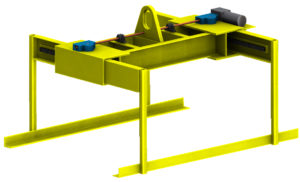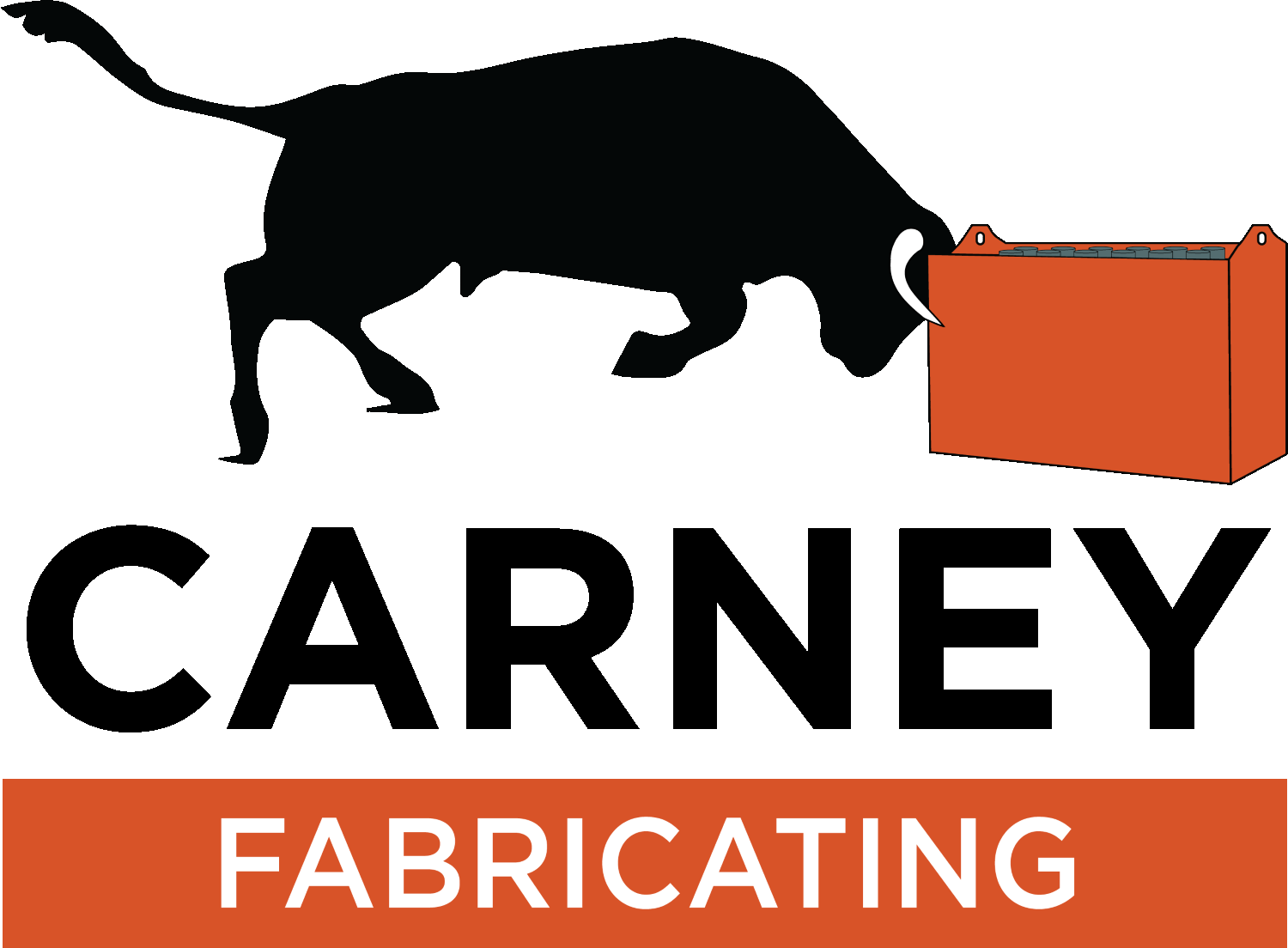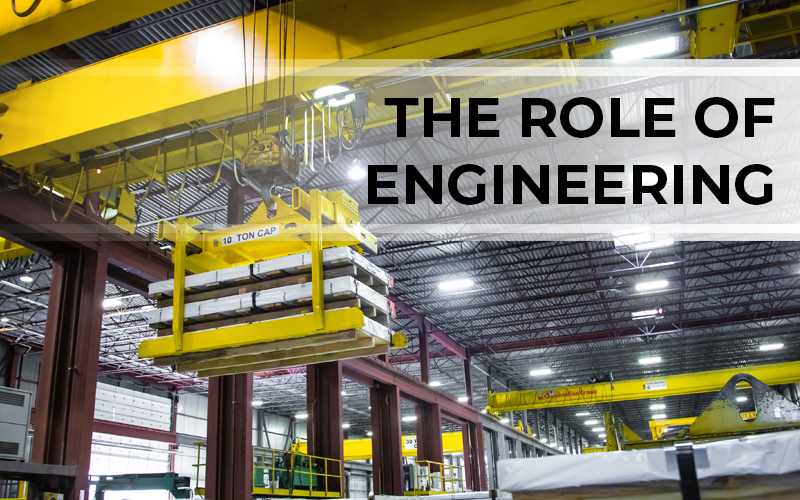Product development of material handling equipment relies on sound engineering principles.
Once a purchase order is issued, the design team meets to review the paradigms of the application. Let’s use an under-hook sheet bundle lifter as an example. Although the sheet-lifter concept may be standard, the capacity, clearance width, height and power are some of the combinations of variables to be evaluated every time.
Defining the variables will allow a designer or draftsman to begin to develop the product. Sketching can be done manually or using one of the many CAD software (Solidworks, Inventor, etc.) programs. Now we have a detailed sketch or model of the product. A good draftsman can clearly depict how the sheet lifter is going to work in theory. Once the drafting process has produced a clear visual representation of the product and reached this critical point… then what?
 It’s time to start the design! I focus on critically loaded components and define the type of loading, such as being axially loaded, in bending, twisting, or in shear. Each method of loading has its own set of formulae which will help in the design. An experienced designer will apply standard materials to be used for each function. Although all the components will be steel, several components within your design may be comprised of different grades of steel. A typical structural component (I-beam, C-Channel, Angle Iron) may be 44W steel, where drive shafts or round bar may be a slightly stronger cold rolled 1018 steel. Defining each of the components material properties allows a designer to properly evaluate the loading mentioned above against the strength (properties) of the steel to ensure it is safe.
It’s time to start the design! I focus on critically loaded components and define the type of loading, such as being axially loaded, in bending, twisting, or in shear. Each method of loading has its own set of formulae which will help in the design. An experienced designer will apply standard materials to be used for each function. Although all the components will be steel, several components within your design may be comprised of different grades of steel. A typical structural component (I-beam, C-Channel, Angle Iron) may be 44W steel, where drive shafts or round bar may be a slightly stronger cold rolled 1018 steel. Defining each of the components material properties allows a designer to properly evaluate the loading mentioned above against the strength (properties) of the steel to ensure it is safe.
What is safe?
It is the discretion of the certifying Engineer to determine an acceptable ‘factor of safety’. When a component like a sheet-lifter is on a crane it is subject to bouncing on the hook. This may be referred to as shock or impact loading. This type of loading can double or triple the forces across the steel members. A load weight of 500 lbs may jump to as high as 1,500 lbs through its intended operation. An equipment designer applies some additional factors to the loading. A ‘factor of safety’ is applied to the formulae as a ‘blanket factor’ which may alleviate any concerns and justify a component is designed using sound engineering principles. There are many other criteria that can be applied depending on your application, the knowledge and experience of the engineer may be demonstrated by these factors. There are many standards (CSA, ASME, etc.) available for a designer’s reference as a guide to determine how a piece of equipment should be designed.
Once a designer has reviewed and approved the design and applied the appropriate material sizing and grades to the model, it is important to take a step back and visually evaluate the design. I have designed several pieces of equipment that were based on sound engineering calculations but prior to fabrication, “beefed up” components for aesthetics. A marriage between calculated design and visually approved products result in a high-quality piece of equipment.
The quality of the steel components can be captured through mill reports from the steel producer/provider but what about the welds? We have performed calculations on the steel components but without appropriately strong connections, the equipment would fall apart. The connections between each steel component are required and evaluated, as procedures must be defined. If we have a quenched and tempered steel pre-heating is required for proper penetration. A flux core wire compared with a standard solid 0.045 wire may change the size of welds required by the designer. The type of wire and gas will influence the quality of weld. An experienced team can save days of research and you can be confident of the stability of the product delivered.
If you are looking for a stand-alone product or fully automated system, the Carney Fabricating team has the experience and expertise to provide the quality your team is looking for.
Written by Jason Harnest, Director of Engineering, Carney Fabricating Ltd. (905) 961-4310

